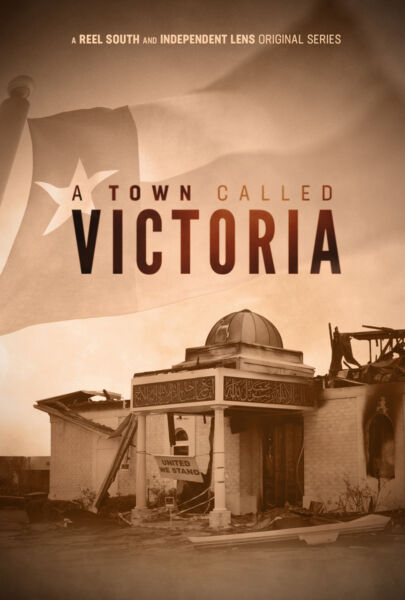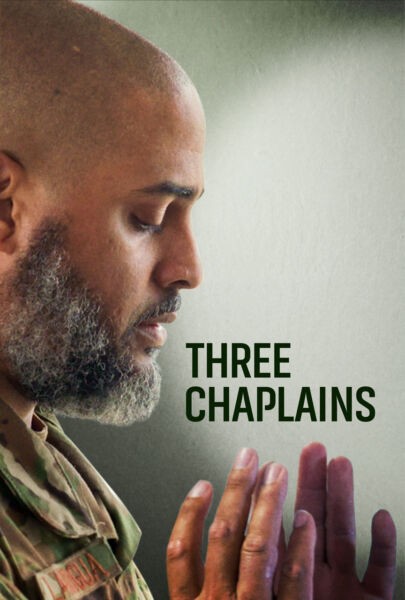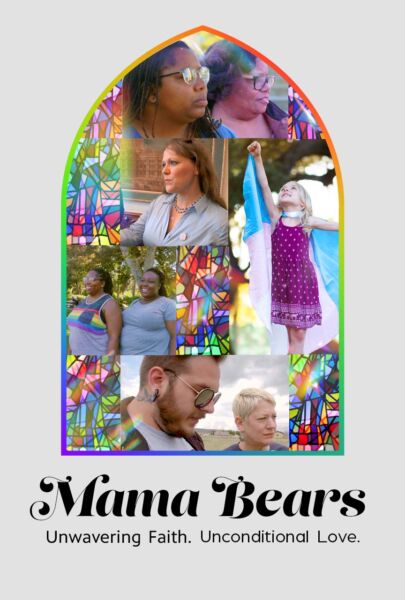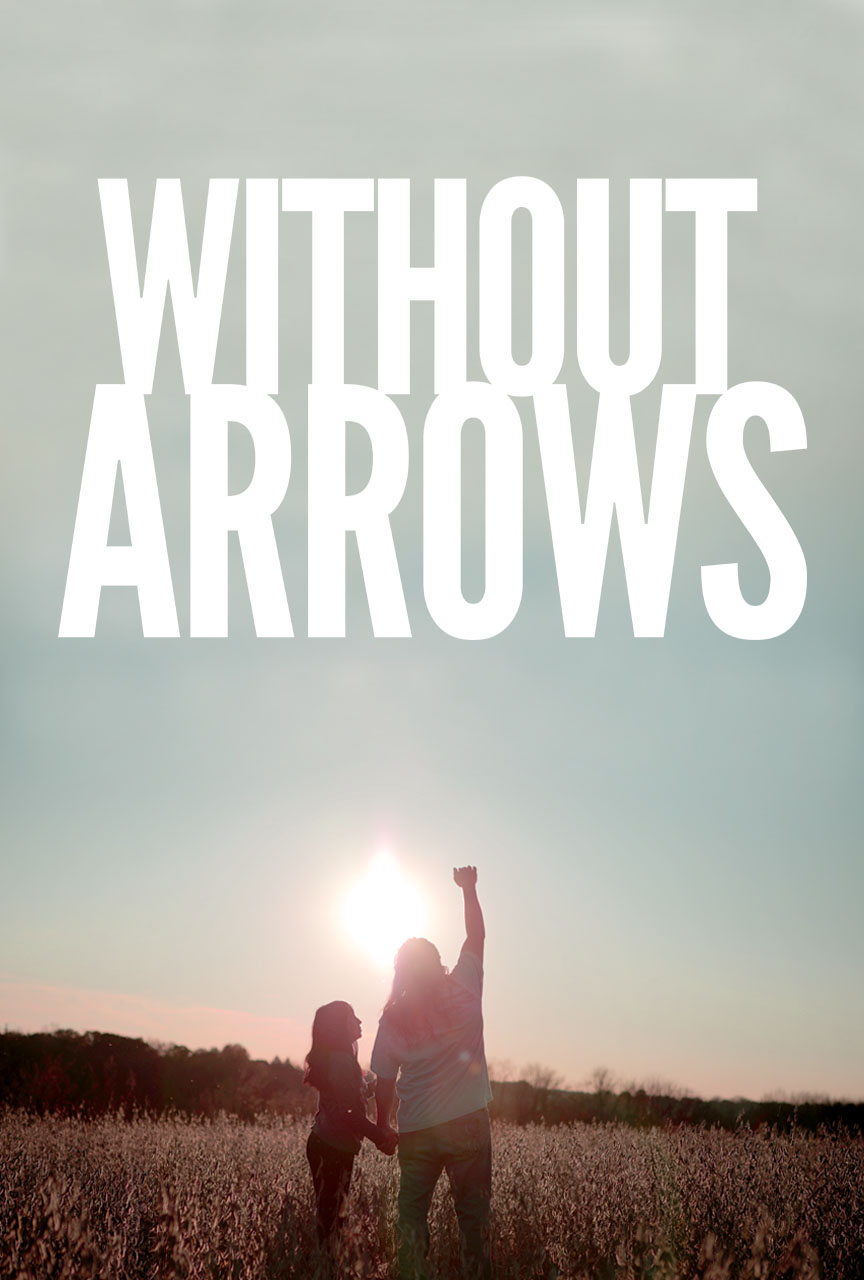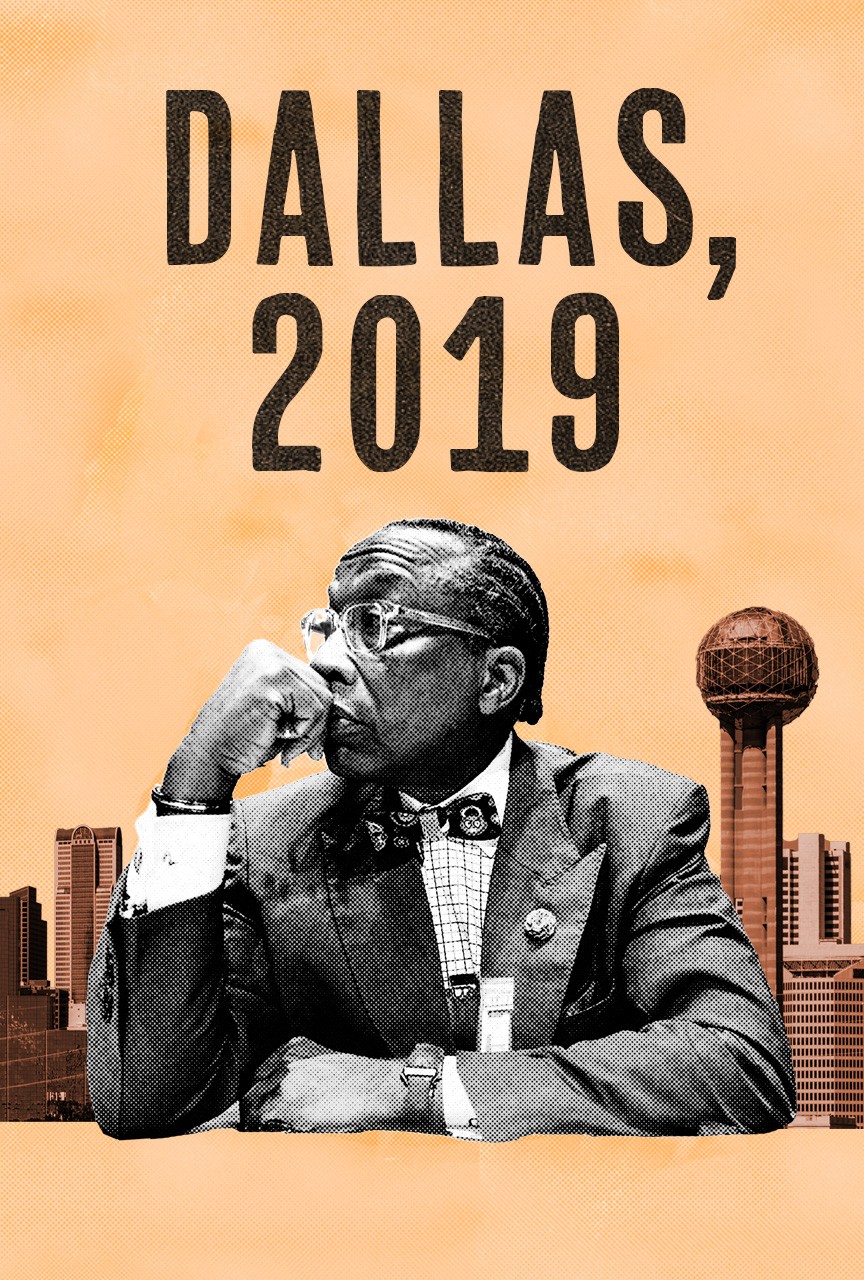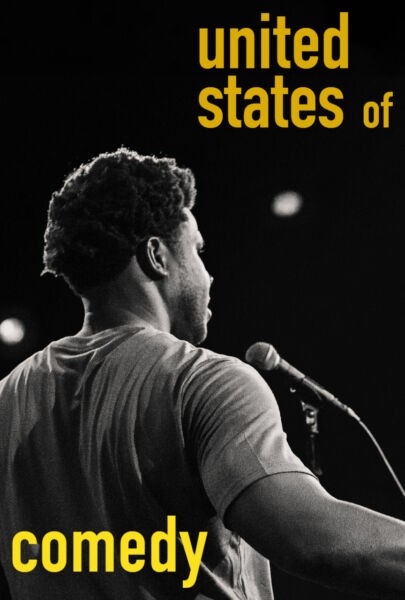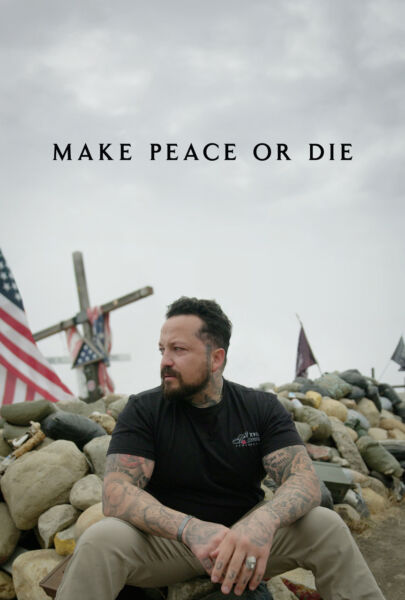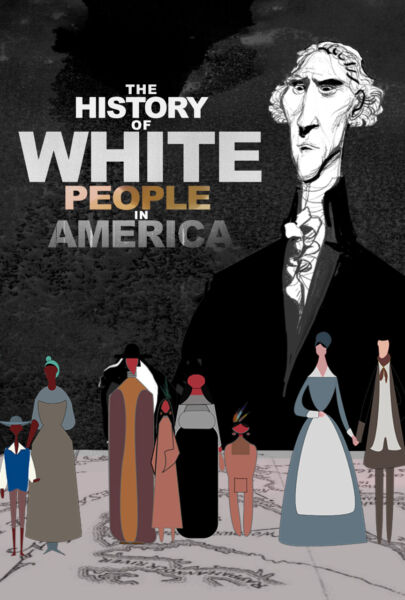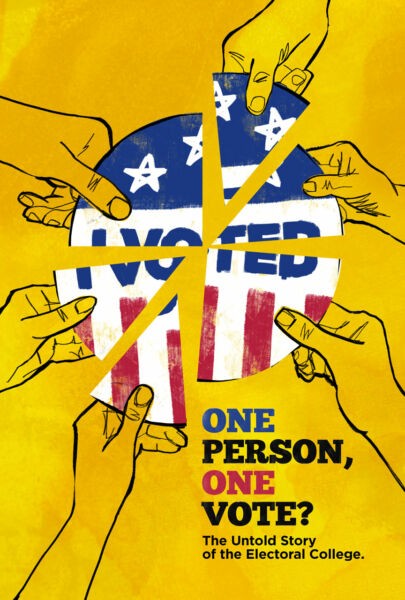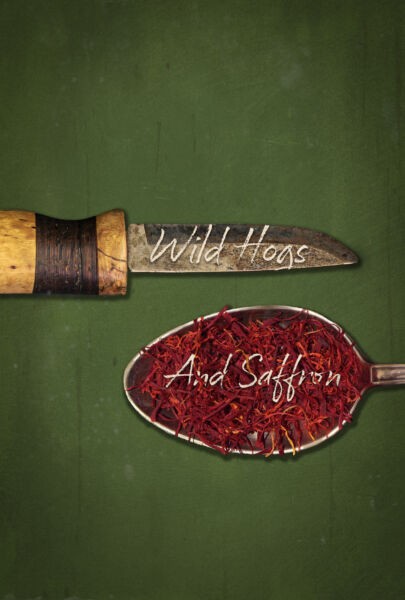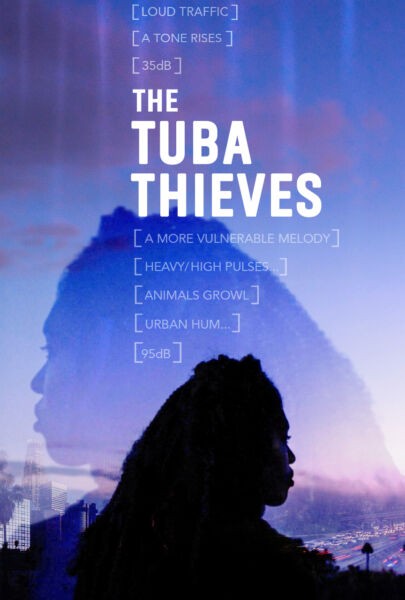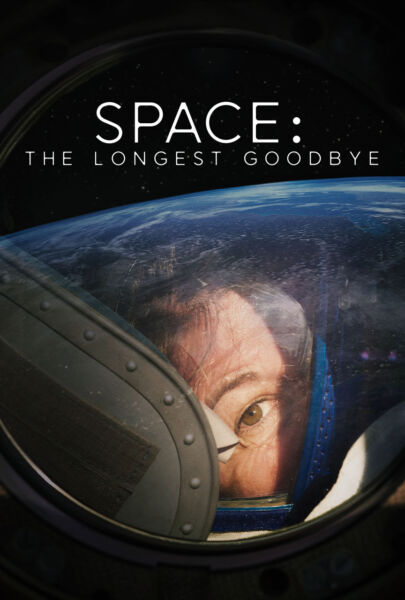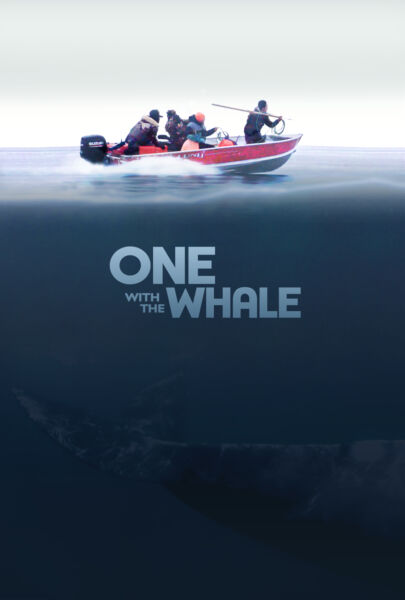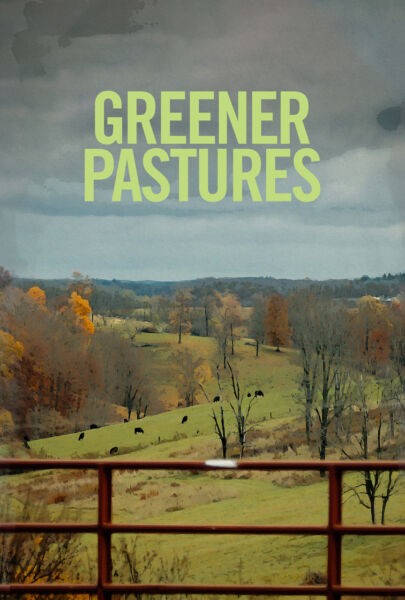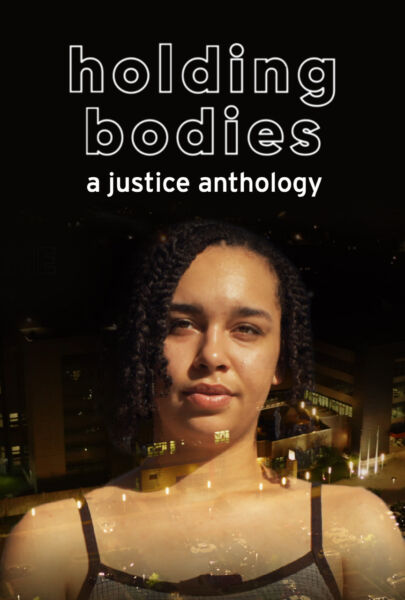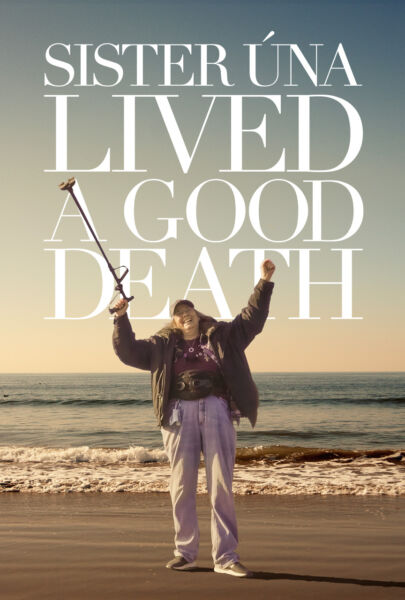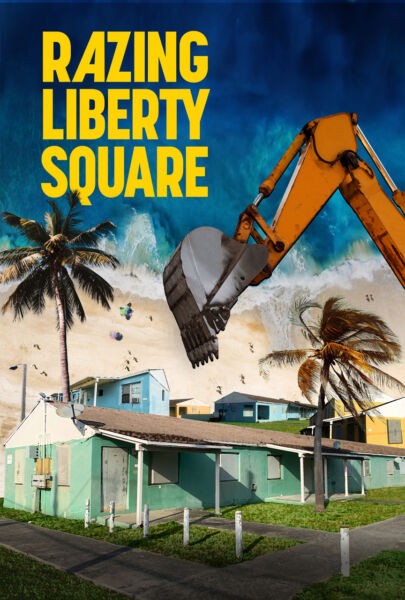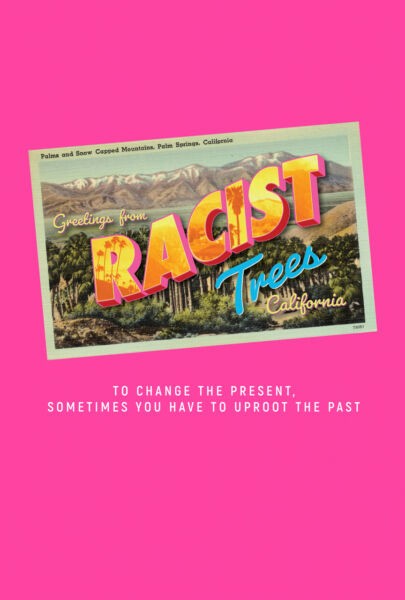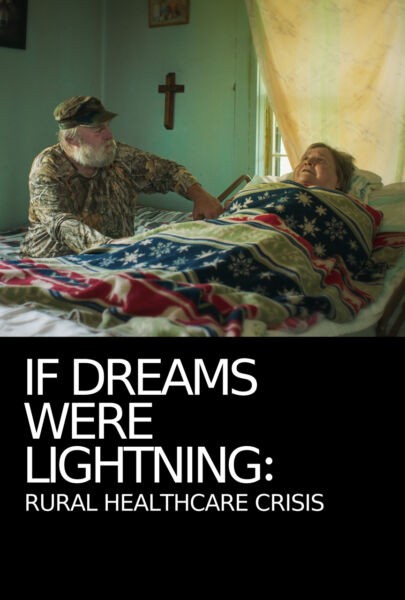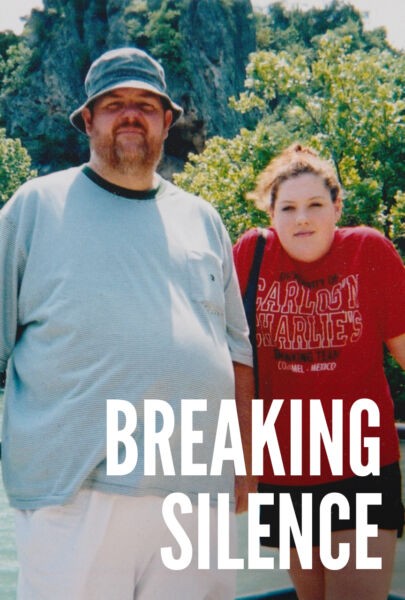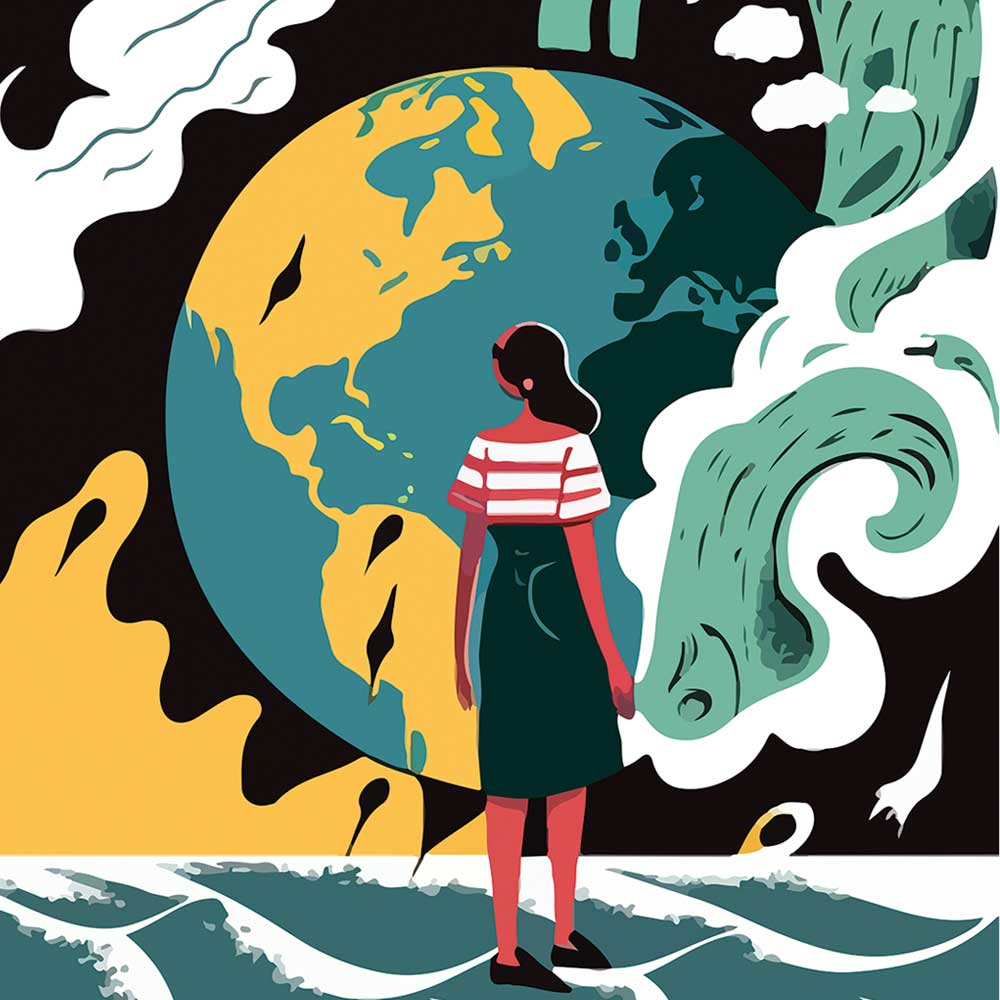
By Jennie Rose
With climate-related events bombarding us on a seemingly daily basis, there’s naturally a corresponding increase in eco-anxiety, a chronic fear of environmental devastation. The Independent Lens short documentary Everything Wrong and Nowhere to Go inspired me to explore this relatively new form of anxiety, and look for ways to slow the roll of those all-pervasive doom thoughts.
The Hot States of America
Thanks to climate change, more and more people understand what anxiety feels like. In the past, well-meaning, non-anxious peers might advise you to “chill out” or “calm down!” without realizing that when anxiety hijacks the brain, it takes practice and time to calm down.
As the planet heats up and we try to confront the crisis, a few additional hard-wired survival responses tend to kick in. Signs of climate anxiety might be disassociation, dysphoria, poor sleep, loss of appetite, or even hoarding. Any or all of these warn that the nervous system needs help turning down the volume on stress.
Many of us feel struck motionless by a sense of numbness. In psychological terms, this numbness is brought on by an emotional “hot state.” No, this doesn’t refer to Texas, but instead to an elevated feeling of panic and pain (while a cold state, less influenced by emotion, is usually more rational and logical). Hot states tend to have a measurable effect on the body.
According to the CogBlog out of Colby University, “The theory suggests that people in one physical or emotional state find it difficult or impossible to imagine living in another.” The nervous system completely forgets what it is to feel safe, which then can distort the ability to think or make decisions.

Transforming Yourself with Climate Truth
After experiencing a hot state about ten years ago (she calls it a “climate freakout”), psychotherapist-turned-climate activist Margaret Klein Salamon learned to cope by working with the global nonviolent movement Extinction Rebellion in London—where every few hours, the staff takes a mental health break to have a dance party. Generally speaking, she feels a lot happier now.
This change in direction could be described as “enlightened self-interest,” said Klein Salamon when I spoke to her. “There are two kinds of selfish: ‘Smart selfish’ is to do meaningful work and participate in community; and ‘stupid selfish’ is when people respond to climate change by saying, ‘I need more money. I need more things.'”
“The idea is to move out of numbness and into the realization that if the oceans die, we die,” Klein Salamon said. “If the forests die, we die.”
Self-Compassion
In addition to meditation, there are several practices for lowering the volume on climate-related stress. Research psychologist Kristin Neff, Ph.D., has been studying self-compassion for 20 years. “As long as you’re a flawed human being, that’s the only check box you have to check to be worthy of compassion,” said Dr. Neff. “Self-compassion is not self focused. It’s not about me as an individual. It’s about life, human experience, which is intrinsically worthy of compassion.”
Dr. Neff’s studies show that treating ourselves with the same kindness, care, and concern that we would give a good friend decreases anxiety. As mammals, we respond to warmth, soothing touch, and gentle vocalizations. Tap into that by putting both hands over your heart or holding your own hand.
Pay attention to your feelings, then speak to yourself as you would to a friend. Give yourself permission to be kind and soothing.
Reconnecting in a Smaller World
Climate change has been described as a crisis of disconnection. LaUra Schmidt, of the climate psychology program at the California Institute of Integral Studies, has said that “any movement toward healing requires deep reconnection: with ourselves, each other, and the more-than-human world.”
Bill McKibben, climate activist and founder of the international climate solution organization 350.org, writes about social connection and climate in his substack The Crucial Years. McKibben explains that as global heating shrinks the size of the board on which we play the game of life, we need to relearn lost practices of mutual aid.
“Get to work building that kind of social trust in as many places as possible, because we’re going to need it,” wrote McKibben. “We’ve come through 75 years where having neighbors was essentially optional: if you had a credit card, you could get everything needed to survive dropped off at your door. But the next 75 years aren’t going to be like that; we’re going to need to return to the basic human experience of relying on the people around you.”
Social connection also motivates us to protect what we care about.
For instance, when teens from the South Pacific island of Mo’orea noticed ocean conditions were causing coral reefs to disappear, they founded the Coral Gardeners restoration project. In 2022, the nonprofit planted 15,225 nursery-grown corals.
Gen Z Staying Interconnected
Our youngest generations have the largest stake in protecting the future, and transitional-age youth (16-25) face intersectional problems that other generations have not dealt with.
After working with patients with post-traumatic stress disorder (PTSD), Dr. Lise van Susteren coined another term: pre-traumatic stress disorder. “I was recognizing I had some of those same symptoms in anticipation of, or envisioning, what I’d been hearing awaits us on climate,” she said.
Dr. van Susteren, who testifies in class action suits against the fossil fuel industry, like the recent, historic Montana youth climate trial, knows firsthand that youth are the most susceptible to the impacts of climate change.
“Not everybody hears you all the time, especially with teenagers,” said Freshta Tori Jan, a delegate to the second Congress of Youth Voices. “A lot of people [think] ‘They’re young, and have a bunch of time.’ Really, we don’t have a lot of time. We are all affected by one another.”
During the inaugural Congress of Youth Voices in 2018 in San Francisco, youth delegates from more than 30 different countries gathered to build the bonds of connection and mutual support. Chosen for their commitment to issues, most notably climate change, students, writers, and community leaders came up with an intersectionality manifesto by the youth, for the youth.
Stay with the Trouble
We can support one another by cultivating a tolerance for our uncertainty about the future. Moment-by-moment, we can learn from each other how best to respond. Our task is to develop skills to overcome the numbing, to build our capacity to engage, and to “stay with the trouble” (to borrow a phrase from Donna Haraway).
“There’s a fundamental optimism at the heart of every activist,” said Dr. van Susteren. “That’s why we’re out there at the barricade, or interrupting meetings, or putting up solar panels, or planning a vegetable garden. This is all about optimism. [As Alexander Pope wrote], ‘As the twig is bent, so the tree is inclined.’”
“Ours is not the task of fixing the entire world all at once, but of stretching out to mend the part of the world within our reach,” wrote Dr. Clarissa Pinkola Estés in her Letter to a Young Activist During Troubled Times. A primary goal is “to not allow yourself to be taken in a flurry of overwrought emotion or despair—thereby accidentally contributing to the swale and the swirl.”
Laughter and Other Creative Outlets
And for times when it can’t be “all about optimism,” or “staying with the trouble,” the Bay Area’s Mental Health Comedy Hour (“We’re Not OK, and That’s OK!”) opens the door to a bit of unhinged laughter in the “jovial environment of a late night talk show.”
“The comedic approach is not just simply a matter of making someone laugh. It’s a way to open people up,” said professor of environmental studies at University of Colorado Max Boykoff, who co-created a creative climate communication course in which students developed comedy sketches.
During 2023 stand-up show “lol climate change” in Hollywood, comedians told their “hottest and wettest” while host Jenn Yang read from the “Good Energy Playbook,” a new resource for screenwriters portraying climate emergencies.
Whether we wedge the door open with just a toe, or boldly step through with eyes wide open, we each in our own ways can prepare to face the next phases of our changing planet.
 Jennie Rose is a mental health advocate who also writes about plant medicine and climate change. Her other Independent Lens articles include “Banking on Seeds” and “A Look Back on Pollution PSAs”. Jen’s hobbies to help with climate anxiety include jiu-jitsu, watercolor, and learning guitar.
Jennie Rose is a mental health advocate who also writes about plant medicine and climate change. Her other Independent Lens articles include “Banking on Seeds” and “A Look Back on Pollution PSAs”. Jen’s hobbies to help with climate anxiety include jiu-jitsu, watercolor, and learning guitar.


